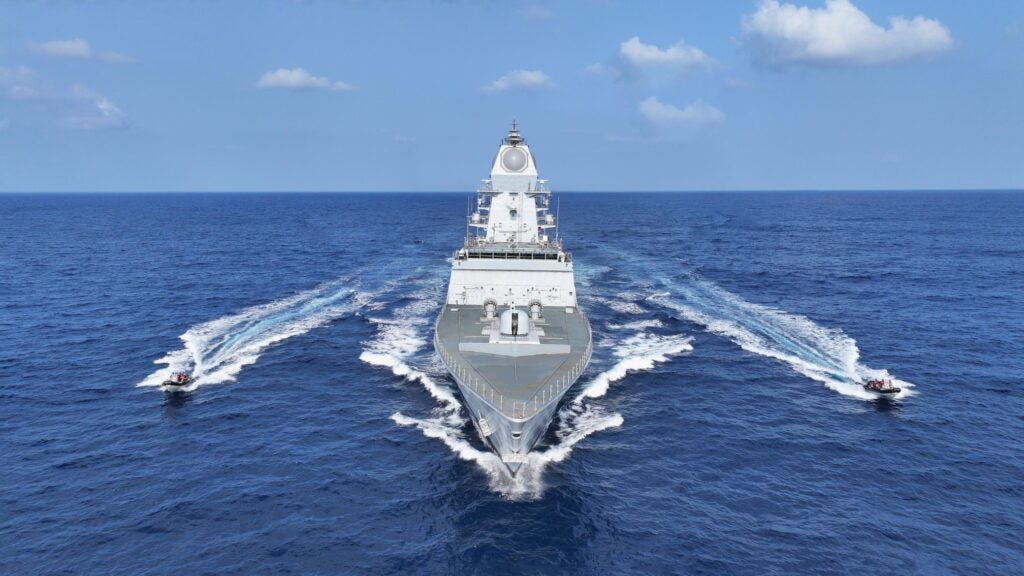The 15-Year Plan to Modernise the Indian Navy’s Surface Fleet – TPCR 2025
The Indian Ministry of Defence released the ‘Technology Perspective Capability Roadmap – 2025’ in September 2025, which outlines the future capability requirements of the Indian armed forces for the next 15 years. TPCR, as a document, seeks to reach out to the Industry and convey the Services’ perspective on emerging futuristic combat technologies and their stated requirements in enhancing warfighting capabilities. TPCR-2025 is the follow-on of the TPCR-2013 and TPCR-2018; the latest edition of the TPCR has a structure with content that includes as much information as possible regarding quantity, life cycle, general criteria, and preferred technologies. In this editorial, we’ll focus on the platforms and technologies put forward by the Indian Navy as part of modernising itself.
Indigenous Aircraft Carrier (IAC)
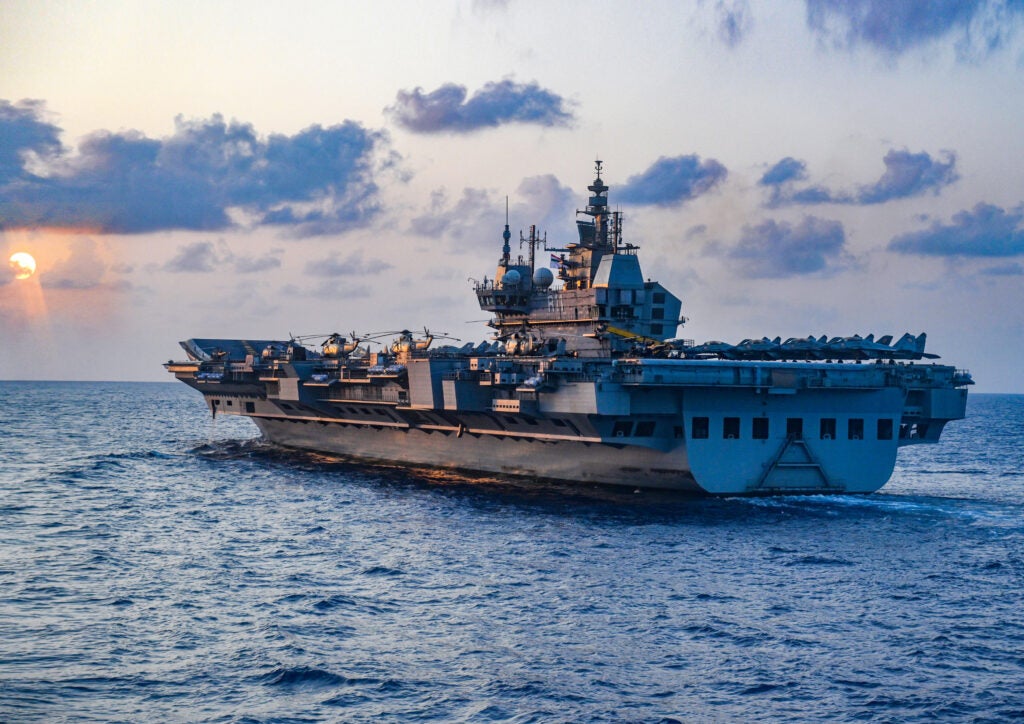
The Indian Navy hasn’t dropped its requirement for another aircraft carrier. The document provides some clues as to what technologies the Indian Navy is seeking in its next aircraft carrier. The future aircraft carrier will have the CATOBAR concept of flying operations with an Electromagnetic Aircraft Launch System (EMALS). The number of catapults specified for the carrier is two, likely to be in the same configuration seen in the Charles de Gaulle aircraft carrier of France, with one catapult in the bow and the other near the waist. Previously, India was looking to buy General Electric’s EMALS and AAG, but the same is now under development by DRDO with the Centre for Electromagnetic Launch Technology (CEMaLT) inaugurated earlier this year in June. The number of arresting gear has not been finalised, with discussion ongoing for 3 or 4 arresting gear for the aircraft carrier. The carrier will require two sets of arresting gear over its lifetime, with the replacement planned during its mid-life upgrade.
Nuclear propulsion for the aircraft carrier is back on the cards with the advancements in nuclear technology by the Bhabha Atomic Research Centre (BARC) since 2017. The Indian Navy is not only analysing the use of nuclear propulsion for future aircraft carriers, but also other surface combatants. This can also lead to an all-nuclear Carrier Strike Group in the coming decades (post 2040). Other technologies, such as the Automatic Carrier Landing System (ACLS), Combat Management Software (CMS), including Aircraft Control and Air Detection (ACAD), Fresnel Lens-based Optical Landing System (OLS) with a range of 5000m, are also mentioned in the roadmap.
The length and displacement of the carrier are yet to be finalised, but are likely to be in line with the previous requirement of a 300m long carrier displacing around 65,000 tons.
Landing Platform Dock (LPD)
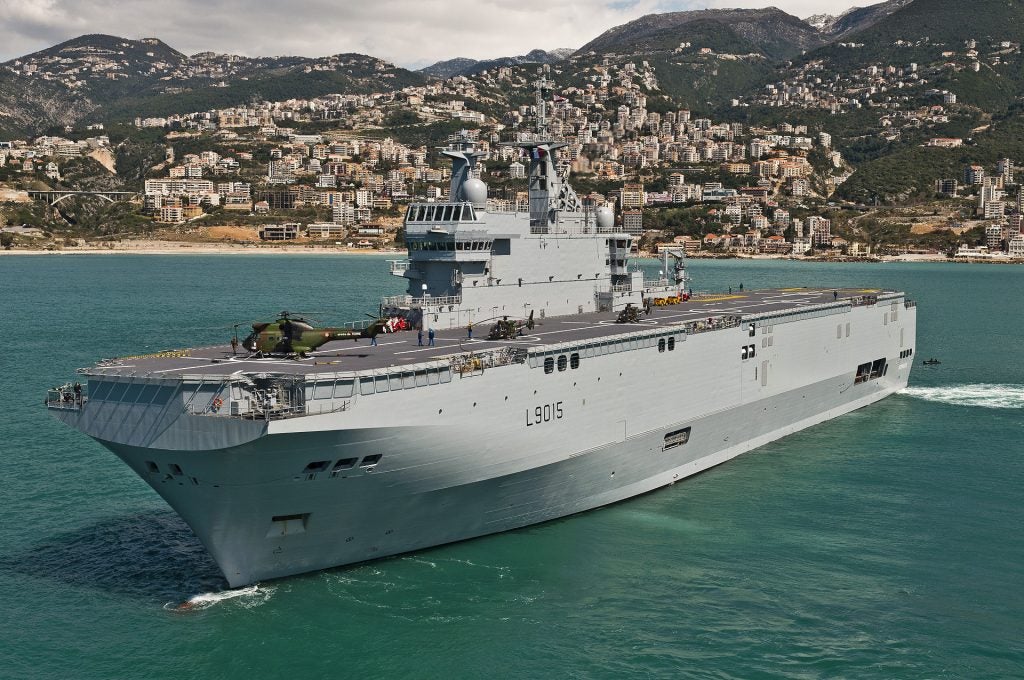
Landing Platform Docks are envisaged to embark, transport and land elements of a force for expeditionary operations using specialised surface craft and integral helicopters. It will act as a mother ship for unmanned capabilities and to support the operation of futuristic unmanned vehicles, platforms and equipment. The Indian Navy has specified the length of the LPD to be between 209m and 231m, with the displacement in the range of 26,000 tons to 32,000 tons. It will house 2 Heavy Lift Helicopters, 12 Special Ops Helicopters and 2 NSUAS.
The ships will be equipped with 16 Surface to Surface Missiles (SSMs) and 32 Vertically Launched Short Range Surface to Air Missiles (VL-SRSAMs), Multi-Function Radars to guide them, and Air Surveillance Radars to scan for aerial threats. It will support operations of Landing Craft Mechanised (LCMs) and Landing Craft Vehicle Personnel (LCVPs), unmanned vehicles like Remotely Operated Vessels (ROVs), Unmanned Aerial Vehicles (UAVs), and Gliders.
The vessels will have an Integrated Fully Electric Propulsion (IFEP) setup. The Indian Navy is collaborating with the UK for the development of IFEP for its use case. Hindustan Shipyard is the only known shipyard to submit an RFI response to the IHQ MoD (Navy) for design, construction and delivery of four LPDs for the Indian Navy. HSL was in discussion with Naval Group for prospective collaborations for the LPD project. It had received funds of ₹457 crore ($520 million) for refurbishment and replacement of machinery and infrastructure for undertaking the construction of the Landing Platform Dock.
Next Generation Surface Combatants
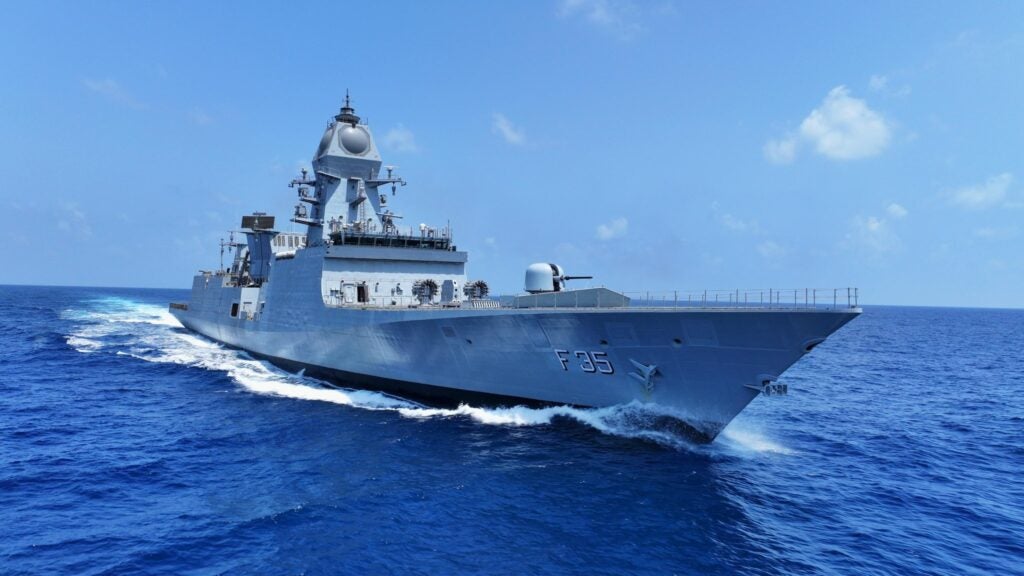
The Indian Navy plans to induct 5 to 10 Next Generation Destroyers (NGD) and Next Generation Frigates (NGF) in the 2030s with larger radar, integrated fully electric propulsion, long-range surface-to-air missiles and a higher number of missiles. The exact details on size and weapon fit are yet to be finalised, but the Indian Navy will be following a similar construction strategy to the P-17A (Nilgiri-class), with ships divided between two shipyards for faster construction and delivery.
Garden Reach Shipbuilders and Engineers (GRSE) has turned out to be the lowest bidder for the construction of five Next Generation Corvettes for the Indian Navy, with the remaining three to be built by the second lowest bidder – Cochin Shipyard Limited (CSL). The ship will be 125m long, 16m wide, with a draft of 4.7m and a displacement of around 5,000 tons. The NGCs will be multi-role ships with the ability to carry out Anti-Surface, Anti-Air, and Anti-Submarine Warfare operations with a range of over 4,000 nautical miles.
Fleet Support Ship (FSS)
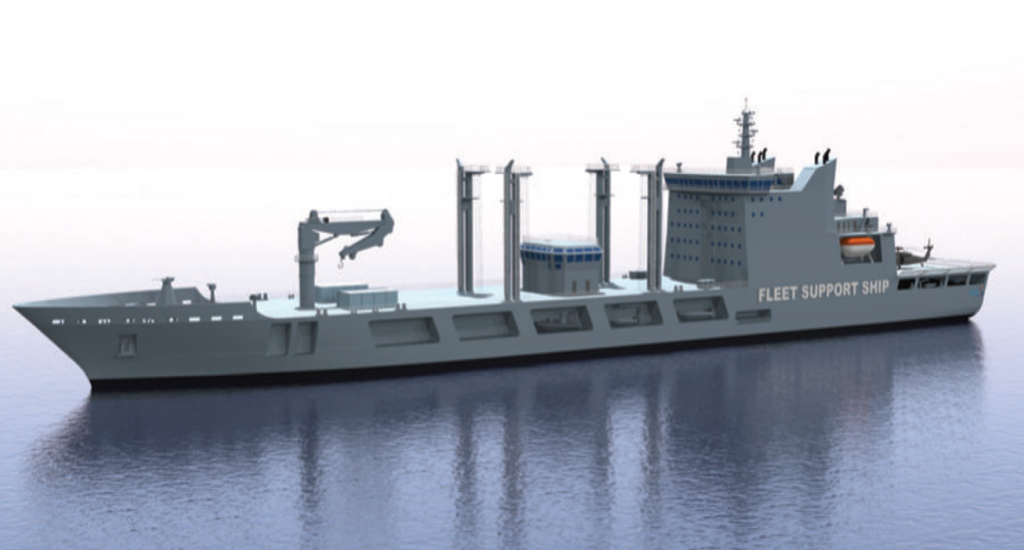
Fleet Support Ship is envisaged to be approximately 220m long with approximately 44,000 tons full load displacement to replenish fleet ships at sea with a minimum of five Transfer Points and to achieve pumping rates up to 2,400 tons per hour (TPH). The vessels will be able to carry 25,000 tons of liquid cargo and 70 tons of victualing stores for the fleet. The ship will be propelled by two Marine Diesel Engines connected to a single Controllable Pitch Propeller (CPP) shaft line. The ship would be fitted with Anti-Ship, Anti-Submarine and Close-in Weapons and Sensors. The Indian Navy has placed an order for five fleet support ships and has plans to order more such ships.
Mine Counter Measures Vessel (MCMV)
These vessels would be deployed to undertake Mine Counter Measure Operations. Approximate length of MCMVs will be about 87m. The hull of MCMVs will be of steel construction, will serve as a mothership for the MCM suite for undertaking MCM Operations. The MCMVs are envisaged to have a combination of Autonomous Surface Vessels/ Unmanned Surface Vessels/ Remotely Operating Vessels-based Mine Identification and Disposal Systems. Unmanned MCM Suite would comprise of combination of CASCADE ASVs, AUVs and ROVs for mine identification, classification and neutralisation. The unmanned MCM suite would be deployed from MCMVs to operate in a minefield, providing standoff MCM capabilities.
Other salient equipment/features available onboard MCMVs would include Gun Mounts, Radars, Sonar, Electronic Warfare suite, Dynamic Positioning System and other standard systems/features with respect to propulsion, seakeeping, communication, data link, IPMS, IBS, stealth, habitability, seamanship, diving, etc for Naval ships. More than 10 such ships are required as per the TPCR-2025.
TPCR-2025 lays out a raft of complex capabilities which are in various stages of development. Some of the programs will come to fruition sooner than others with the plans laying out a sophisticated future fleet for the Indian Navy.

